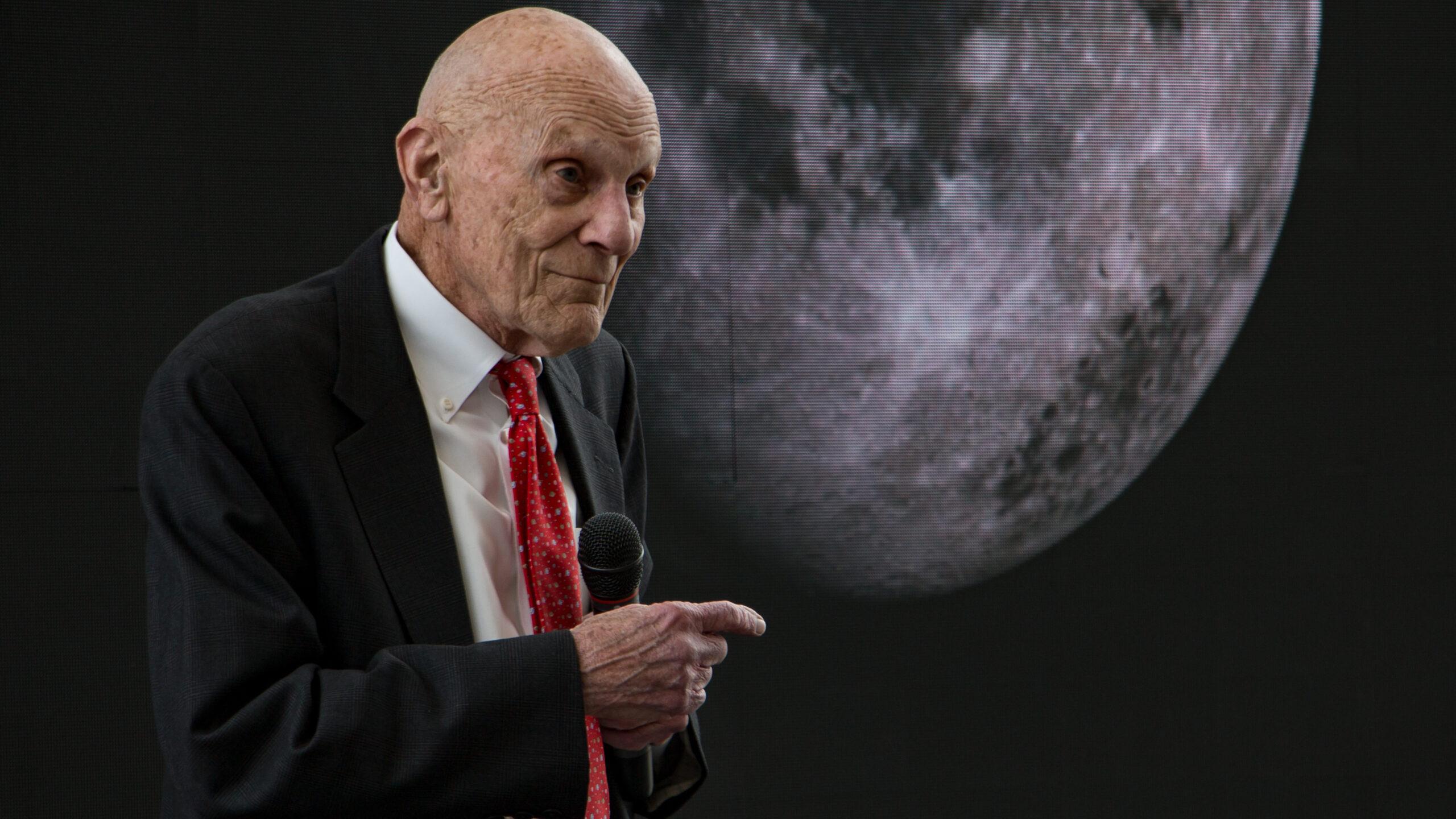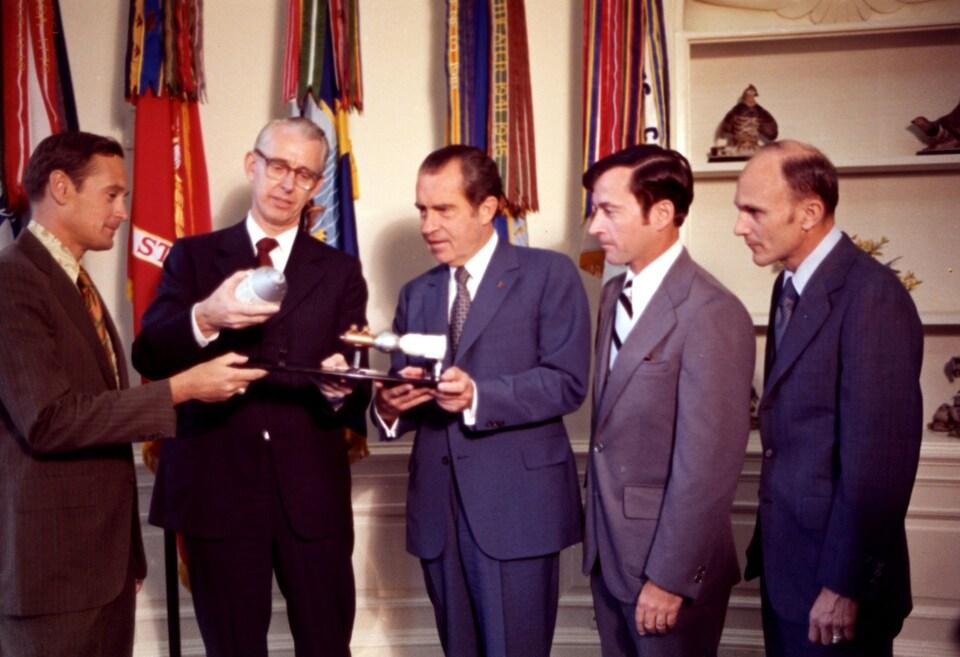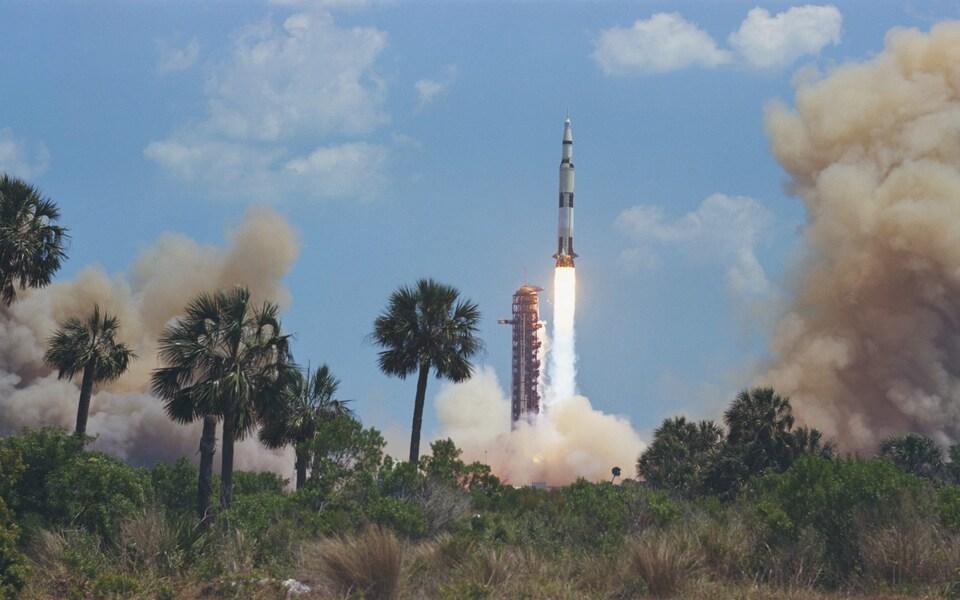Ken Mattingly, an American astronaut who visited the moon in 1972, has died, NASA announced. He was 87.
“We lost one of our country’s heroes on Oct. 31,” NASA Administrator Bill Nelson said in a Thursday statement.
Thomas Kenneth Mattingly II “was key to the success of our Apollo Program, and his shining personality will ensure he is remembered throughout history,” Nelson said.

Ken Mattingly cause of death
NASA didn’t mention where or how Mattingly died. However, The New York Times reported that Mattingly died in Arlington, Virginia.
When is Ken Mattingly funeral
As of now, the funeral date of the late Ken Mattingly has not been disclosed by his family.
Having said that, we are still following up on his death, we will update you as soon as we get important information about Ken Mattingly funeral service.

Who was Ken Mattingly?
Thomas Kenneth Mattingly was born in Chicago on March 17 1936. From school in Miami he read Aeronautical Engineering at Auburn University. Joining the US Navy in 1958, he flew jet fighters from the aircraft carriers USS Saratoga and Franklin D Roosevelt.
Ken Mattingly was at the Air Force Aerospace Research Pilot School when in 1966 Nasa selected him as an astronaut. He was a support crew member for Apollo 8 and 11 – the latter being the first Moon landing – as one of two backup command module pilots. He was CapCom (capsule communicator) for four Apollo missions, and played an important role in developing the Apollo spacesuit and backpack.
Just before the Apollo 11 launch in July 1969, Lt-Cdr Mattingly was named in the crew for Apollo 13 with Lovell and Fred Haise, as command module pilot to orbit in Odyssey while Lovell and Haise took Aquarius to the lunar surface.

Days before blast-off, one of the reserve astronauts, Charles Duke, and Lovell’s four-year-old son were diagnosed with German measles. Lovell and Haise had been exposed to it; Mattingly not. Concerned lest he fall sick while orbiting the Moon on his own, Deke Slayton, the flight crew operations director, recommended replacing him with Jack Swigert from the reserve crew.
Lovell held out for Mattingly to the point where he was told that if he persisted, the entire crew would be dropped. Told that he was being substituted, Mattingly used “some words you wouldn’t want to write down”, then “worked like a beaver to get the others up to speed”.
Apollo 13 was launched at 8.13pm BST on April 11. In the film, Mattingly is seen looking on wistfully from outside the perimeter as the Saturn V rocket enters a perfect trajectory.
After 56 hours, mission control ordered a routine stir of the oxygen tank. A design flaw had created an explosive mix in the tank and it burst, robbing the command module of power and draining away precious air. Only when the service module containing the tank was jettisoned on the return journey did Lovell realise “one whole side of the spaceship” was missing.
America had lost interest in an apparently routine mission, none of the networks covering a broadcast from the spacecraft just before. But after the explosion turned a lunar mission into a battle for survival, the world wanted to know if the astronauts could make it back to Earth. “Failure is not an option,” Kranz told his team in the movie – though not in real life.
Power for the spacecraft was provided by mixing cryogenic oxygen and hydrogen in three fuel cells. Two had been knocked out, and the only guaranteed power supply was in the lunar module. The crew hastily transferred to it, while mission control began calculations for a flight home, using the Moon as a slingshot to accelerate what was left of the craft.
Ken Mattingly – who never did come out in spots – had been pestering Kranz for access to mission control. Now he was hurried in, his expertise essential to the rescue.

When he finally got into space, in Apollo 16 with Duke and John Young, all the crew were immunised against nine common diseases. Mattingly was again selected to fly the command module on what Kranz would describe as “one of our most successful missions – and one of the least remembered.”
Apollo 16 was launched at 7.54 pm BST on April 16 1972. Mattingly feared that this mission, too, would be aborted when on the far side of the Moon a faulty switch prevented him from bringing the command ship Casper on to the correct orbit for a return to earth. Young and Duke managed to free the lunar module Orion, and they were cleared to land after tests traced the flaw to a broken wire and showed that Casper’s engine could be fired safely.
Moon landing was achieved on April 21. Young, the ninth man to land there, declared: “Here you are, mysterious and unknown Descartes highland plains.”
Ken Mattingly – who did not know Kranz was talking Chris Kraft (head of mission control) out of shortening their stay – moved Casper into a higher orbit to rendezvous with Orion, with a jubilant “Casper did it this time!” Until the landing party returned from a record 71 hours on the surface, he used cameras to map a band around the lunar equator, and conducted scientific experiments.

Docking was achieved, but when Mattingly jettisoned Orion it went into a roll and could not be crashed into the Moon as planned. After nine days in Casper, he took a one-hour space walk to retrieve film from its cameras.
Apollo 16 splashed down safely, but upside down, off Christmas Island at 8.44 pm BST on April 27. Before a meal of filet mignon, spinach soufflé and stuffed potatoes, doctors in the carrier Ticonderoga pronounced the crew in good shape; Mattingly had lost 6½ lb. President Nixon promoted him to commander.
Ken Mattingly headed the astronaut support team for the Shuttle programme from 1973 to 1978, then was backup commander for the second and third test flights of the shuttle Columbia.
In June 1982 he commanded the fourth and final test flight, with Henry Hartsfield. There were problems on the seven-day flight with the cargo doors – dealt with by putting the shuttle through a “spit-roasting” roll – but a perfect landing, Columbia’s first on a runway rather than a dry lake bed.
In 1985 Ken Mattingly , again with Hartsfield, conducted the shuttle’s first military mission. It tested infra-red and ultra-violet sensors for future early warning and surveillance satellites, and a space sextant.
Ken Mattingly retired from Nasa and the Navy in 1989. He became in turn a director of Grumman’s space support division, head of General Dynamics’ Atlas booster programme and vice-president at Lockheed responsible for the X-33 unmanned suborbital spacecraft, shelved by Washington in 2001. Subsequently he worked at Systems Planning & Analysis in Virginia.
He is survived by his wife Kathleen and a son from a previous marriage.
Ken Mattingly, born March 17 1936, died October 31 2023
THANK YOU for constantly reading stories on AtinkaNews. You are free to share this story via the various social media platforms . Kindly follow us on Facebook, Instagram and Telegram



